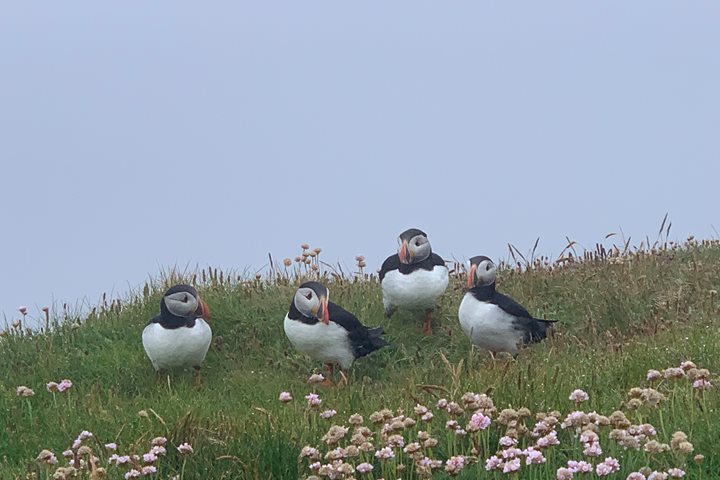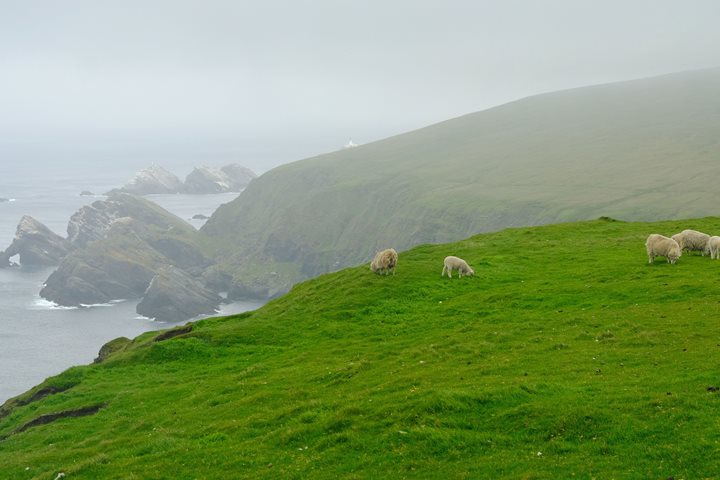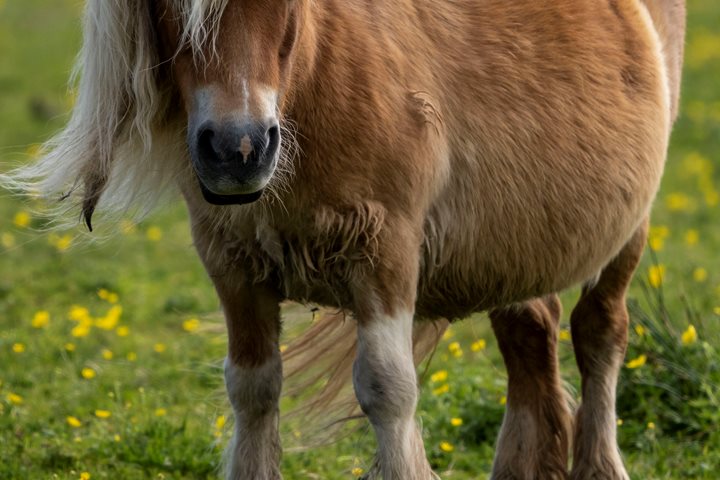Today we docked in Cork, Ireland’s second city located on its balmy south coast. Some of us went to Harper’s Island, a nature reserve just outside the city, where we immersed ourselves in wildlife and nature and learned about the importance of this place for migratory birds. We then visited a woodland known as Ballyannan Wood, where we listened to songbirds among ancient oak trees, a very beautiful and soothing experience.
Most of us travelled by bus to Cobh (pronounced ‘Cove’), a beautiful town of brightly colored houses set on a hillside overlooking Cork Harbour. At the Cobh Heritage Centre, we learned about Cobh’s connection with the ill-fated Titanic, as the last port of call before it sank. On our walking tour, we saw the pier from which travelers embarked to join the ship that was moored at the edge of the harbour. Some of us climbed the steep Cobh hills to visit St. Colman’s Cathedral, an imposing neo-Gothic building overlooking the town. The cathedral is interesting in its own right, but we were lucky enough to catch a temporary exhibition called Gaia, which featured a giant globe, the earth, floating above the central nave space of the cathedral.
In the afternoon, we visited a local GAA (Gaelic Athletics Association) Club in Cork. There we were treated to a wonderful display of skills from young hurlers from the club. The GAA is a hugely important sporting and cultural force in Ireland, and the games of hurling, football, and camogie (women’s hurling) are very popular throughout the country, drawing enormous crowds and creating stars of its young performers. This was followed by an Irish music session in the clubhouse bar, accompanied by refreshing glasses of Irish stout.







